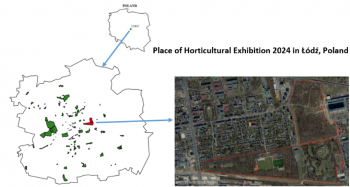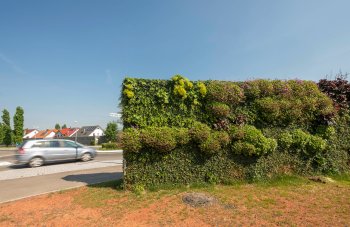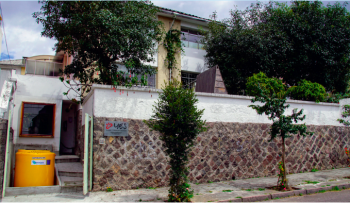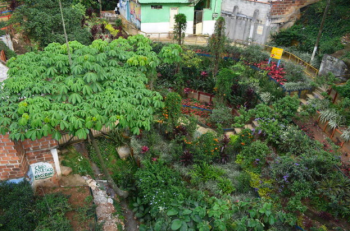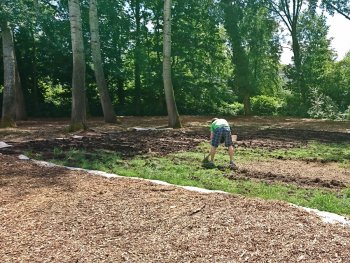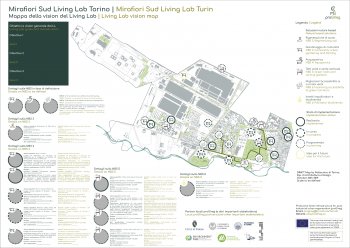Green Lungs of The City - Forest and Wetlands Park, Yiwu - Zhejiang Province, China
The aims of the Green Lungs of the City Project are to build a big botanical garden for the city, create a forest-wetlands park and develop an agricultural park for citizens. GLCP uses urban forest and trees, as well as wetlands as Nature-based Solutions to promote the sustainable development of the city and to provide multiple ecosystem services for human beings in a highly urbanised area.
Objectives further include:
- Improving the green and blue landscape connectivity in an urbanised area, which is good for biodiversity conservation and water purification ...


